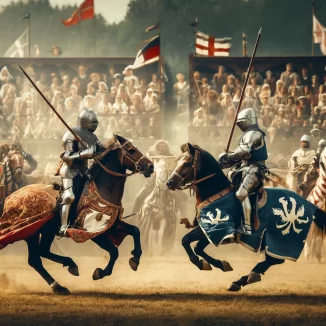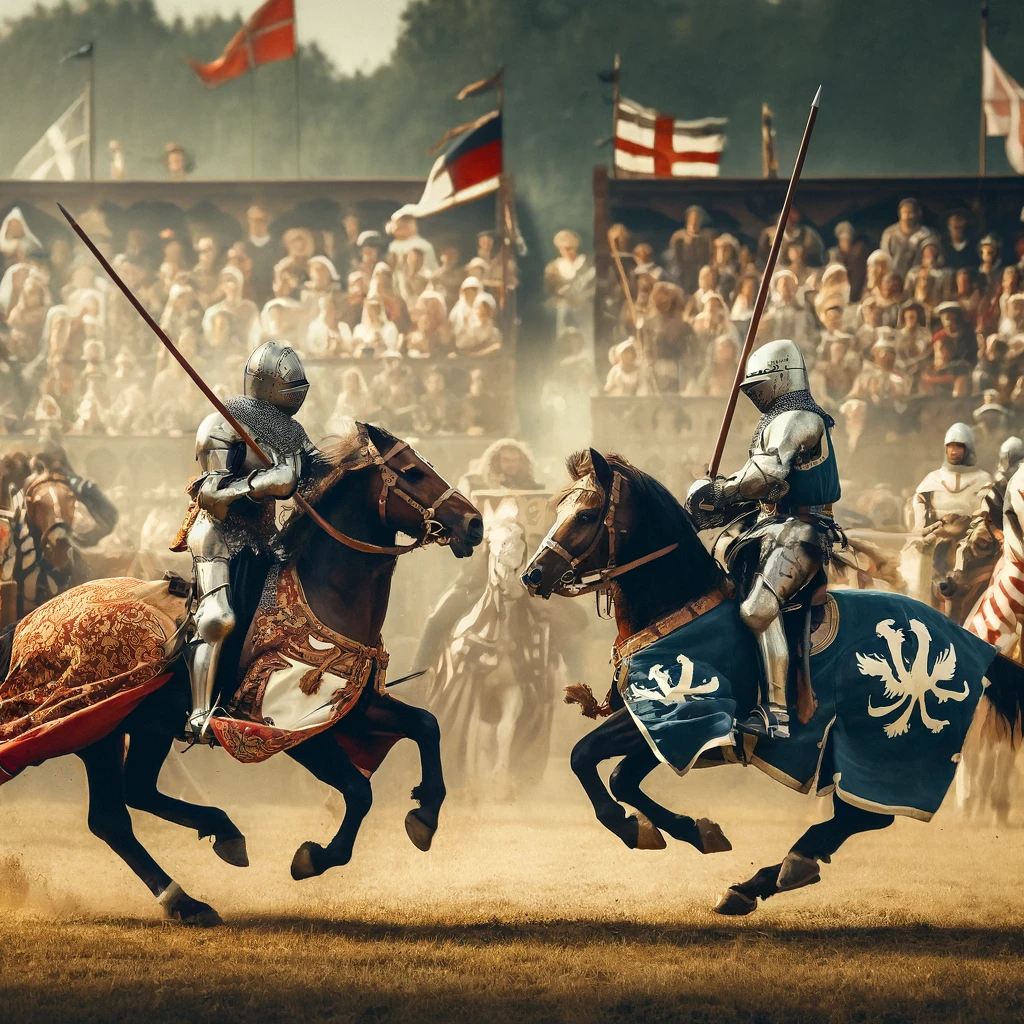
Throughout history, people have engaged in various hobbies for recreation, community bonding, and personal fulfillment. While many of these activities have evolved into safer forms or fallen out of favor, some of our ancestors’ favorite pastimes were surprisingly perilous by today’s standards. Understanding these dangerous historical hobbies not only gives us insight into past lifestyles but also reflects the changes in societal attitudes towards safety and risk.
Dueling: A Matter of Honor
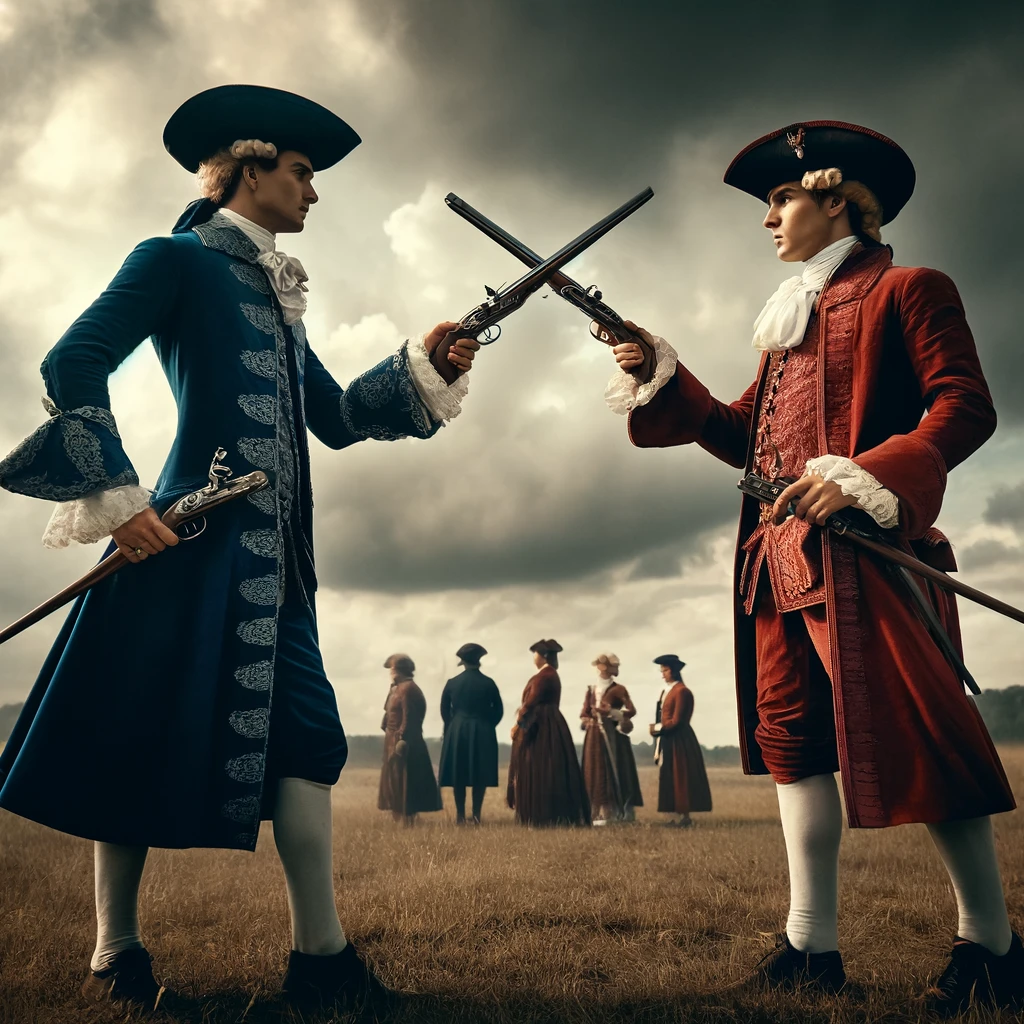
Dueling, once considered an honorable way to resolve disputes among gentlemen, was a common practice in many parts of Europe and the Americas until the late 19th century. Participants would face off with swords or pistols to defend their honor, often resulting in serious injury or death. This hobby was not only risky but also highly ritualized, with strict codes of conduct that dictated the terms and conditions of the duel. Despite its danger, dueling was a popular means of settling personal scores among the elite, and its dramatic nature continues to fascinate people today, often being romanticized in films and literature.
Fox Tossing: A Deadly Game
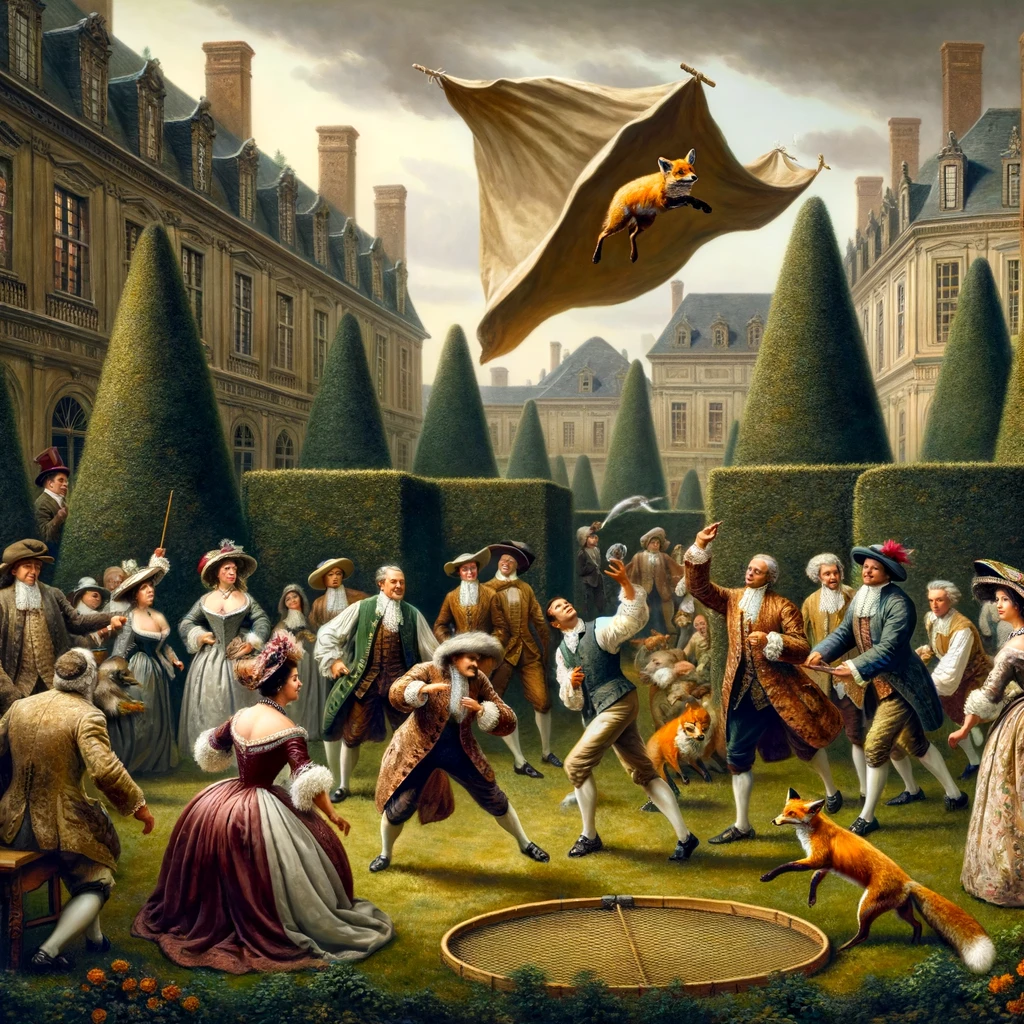
In the 17th and 18th centuries, the aristocracy in Europe indulged in a now-obscure activity known as fox tossing. Participants would throw live foxes and other small animals high into the air using slings with a canvas sheet, aiming to see who could toss the animal the highest. This cruel sport resulted in the injury and death of both animals and sometimes the participants, if the frightened animals attacked. Fox tossing highlights the drastic change in how animal welfare and entertainment have evolved over the centuries.
Bare-knuckle Boxing: Brutal Bouts
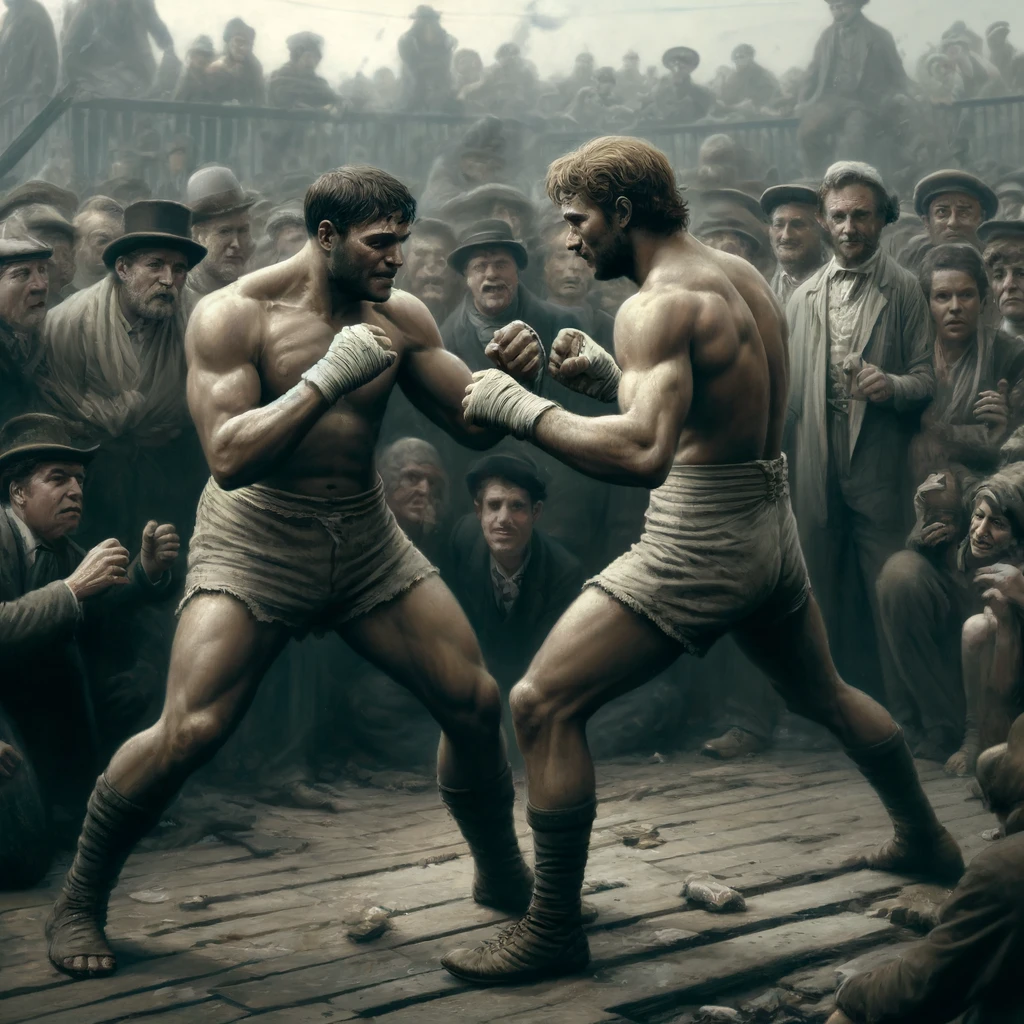
Before the Marquess of Queensberry rules introduced gloves and rounds in the late 19th century, boxing matches were often bare-knuckle, brutal affairs that continued until one fighter could no longer stand. These contests could last for hours, leading to severe injuries and long-term health issues for the participants. Today, while boxing remains a popular sport, it is heavily regulated to ensure the safety of fighters, reflecting a broader societal shift towards the protection and health of athletes.
Ladder Dances and Stilt Walking: Perilous Performances
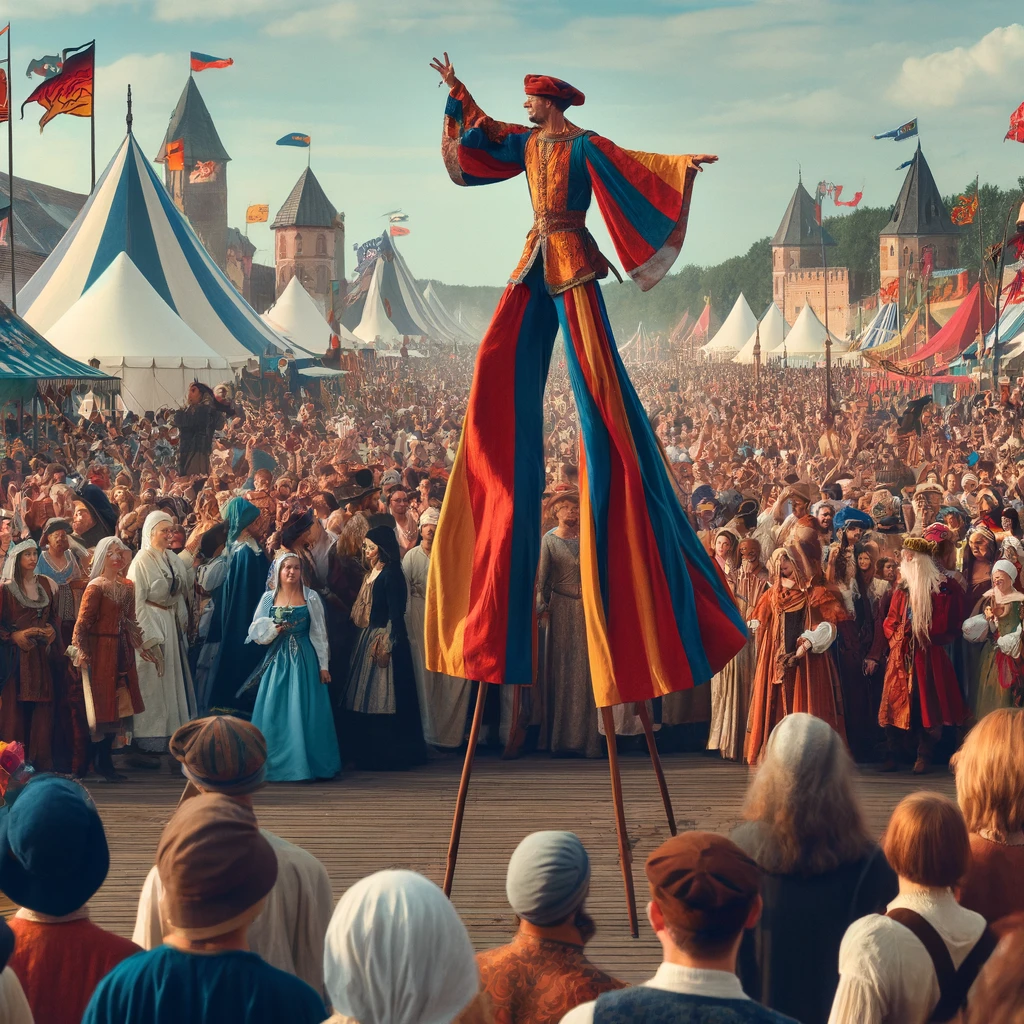
In medieval and early modern Europe, performances often involved dangerous feats such as ladder dances and stilt walking. Performers would entertain crowds by dancing on top of wobbly ladders or walking on tall stilts without any safety measures, risking falls that could be fatal. These acts were performed at fairs and festivals, thrilling audiences with the high stakes of acrobatic skill and balance. Nowadays, similar performances are safeguarded with safety harnesses and mats, prioritizing the well-being of performers.
Ballooning: The Thrill of Early Flight
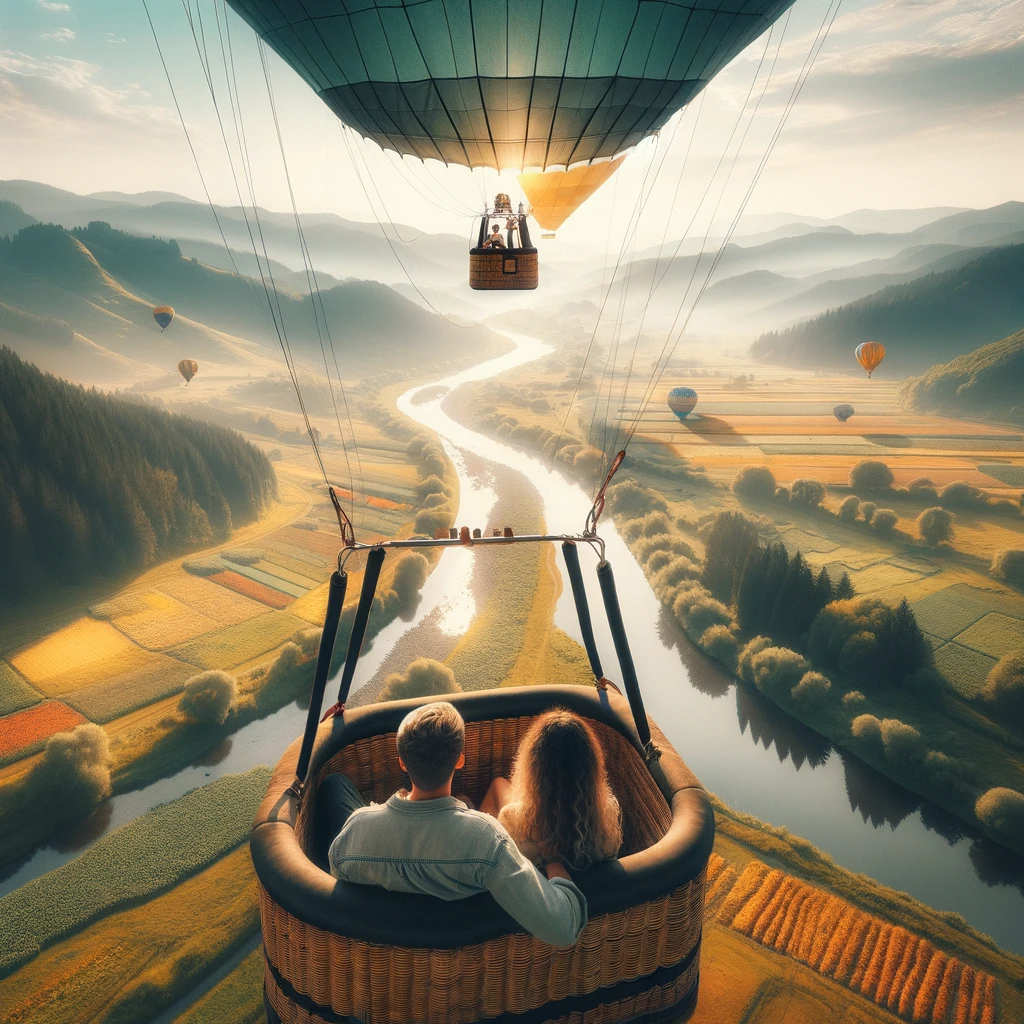
In the 18th century, hot air ballooning became a fashionable hobby among the adventurous, who were fascinated by the possibility of flight. Early balloons, which were difficult to control and prone to accidents, posed significant risks to those daring enough to ascend in a basket under a silk or paper balloon. Despite the dangers, ballooning captured the imaginations of many and laid the groundwork for modern aeronautics, with today’s balloon flights being far safer due to technological and material advancements.
These Historical Hobbies Show Progress
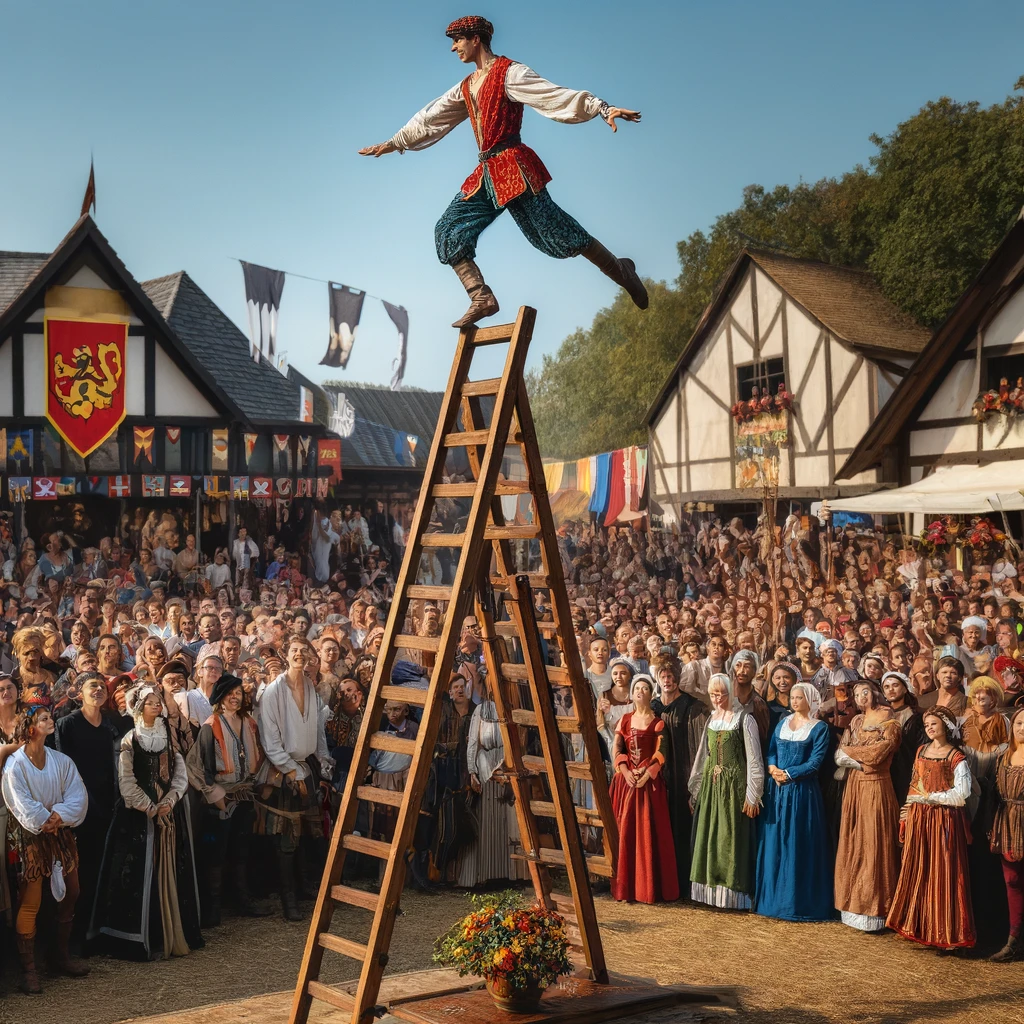
Exploring the dangerous hobbies of the past not only sheds light on what entertained our ancestors but also helps us appreciate the progress in safety and ethical standards. While today’s hobbies might seem safer and more sanitized, they continue to be influenced by the thrill-seeking and adventurous spirit of our forebearers. Understanding these historical activities provides a window into the cultural and social norms of the past, reminding us of how far we have come in balancing entertainment with safety.
Read More
12 Sporting Events That Have Become Exorbitantly Expensive
8 Boomer “Complaints” That Are 100% Justified

Drew Blankenship is a former Porsche technician who writes and develops content full-time. He lives in North Carolina, where he enjoys spending time with his wife and two children. While Drew no longer gets his hands dirty modifying Porsches, he still loves motorsport and avidly watches Formula 1.

